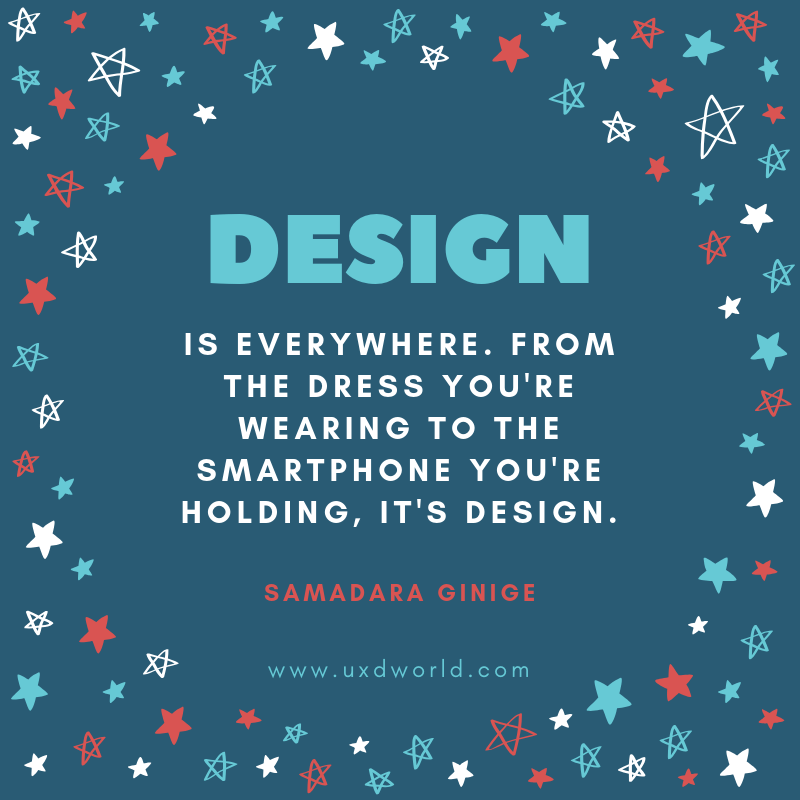It’s that time of the year again. No, I’m not talking about putting up Christmas trees or starting to work on your holiday shopping list. What I’m referring is to the annual tradition of design-related blog or site attempting to predict trends for the coming year. Many designers feverishly click on these links, hoping to stay relevant and show up on the “featured” sections of sites like Behance or Dribbble or even social media platforms like Instagram and Pinterest.
Don’t get me wrong. In the design world, there’s some utility for checking what’s chic, if only to get inspired from the big name designers and agencies from time to time. Designers have to constantly evolve our style and talents and the thing that works when we start is often not as good several years later. Such as the nature of trends.
Here lies the problem of trends. Trends are temporary. They come and go. Just because a particular type of design is trending does not necessarily mean that it’s good. Some of them need to go. Some of them have been bad from the very beginning and need to go.
The design world has this tendency to adhere to what is trending or rather what might trend. Who cares if some design website suddenly declares, for example, that International Typographic Style or Destijl is making a comeback in 2020? Different brands and projects require different visual solutions and the solution itself would defer depending on the designer. The common defense is that designers must know what’s trending to stay relevant.
As tempting as that sounds, designers have a duty to venture out into the unknown. Designers must aspire to be innovative in delivering a message or narrative in a manner that is different from everyone else. Our purpose is to motivate our audience to purchase a product, use a service, visit a specific location, get informed or do something. The purpose is always to motivate their audiences to buy a product, use a service, visit a location, to get some new and effective information etc.
Studying in the New York City College of Technology, I’d have many professors tell me and my classmates that often the best way to explore new horizons is to turn off the computer, tablet and smartphone. Religiously following what certain websites deem as the coming trends of the next decade is detrimental to not only our craft but our own individuality.
This brings me to my last point. Trends are stupid. They are just a way to keep design magazines and websites in business and you’re better off looking at them only to see what not to emulate. The difference between what’s trending and unfashionable is subjective. What is effective design is usually decided by either the client or the audience, not some bored writer at your favorite design blog.




